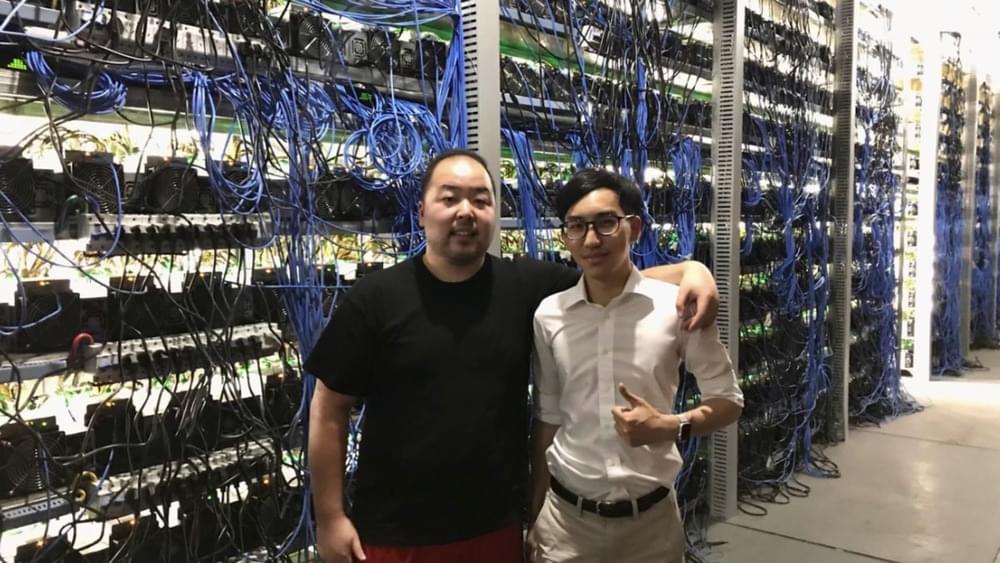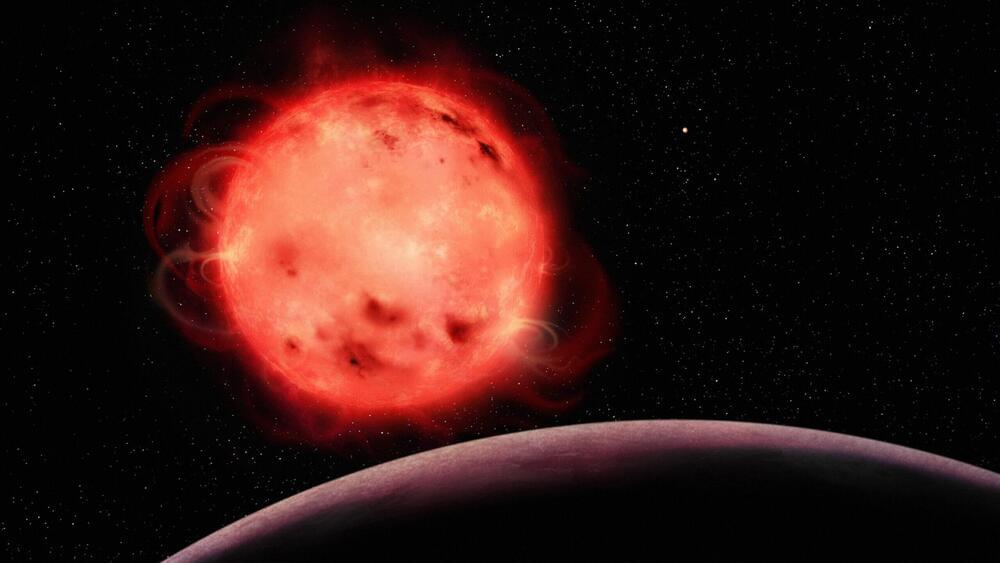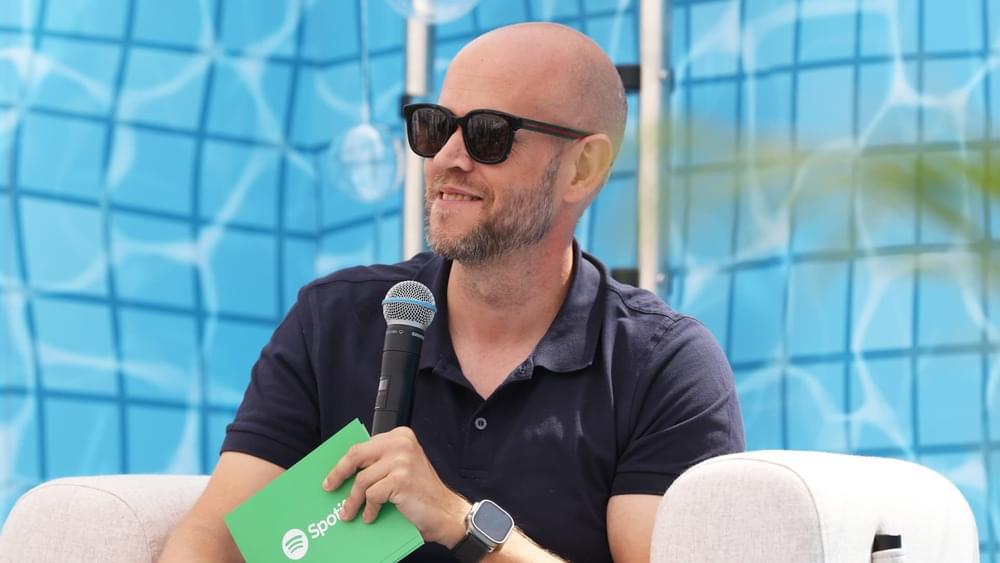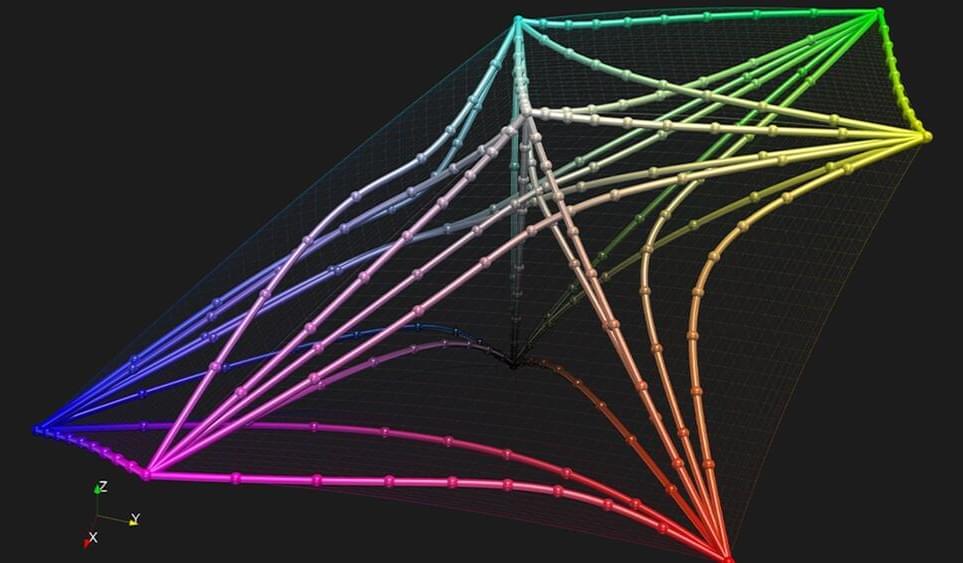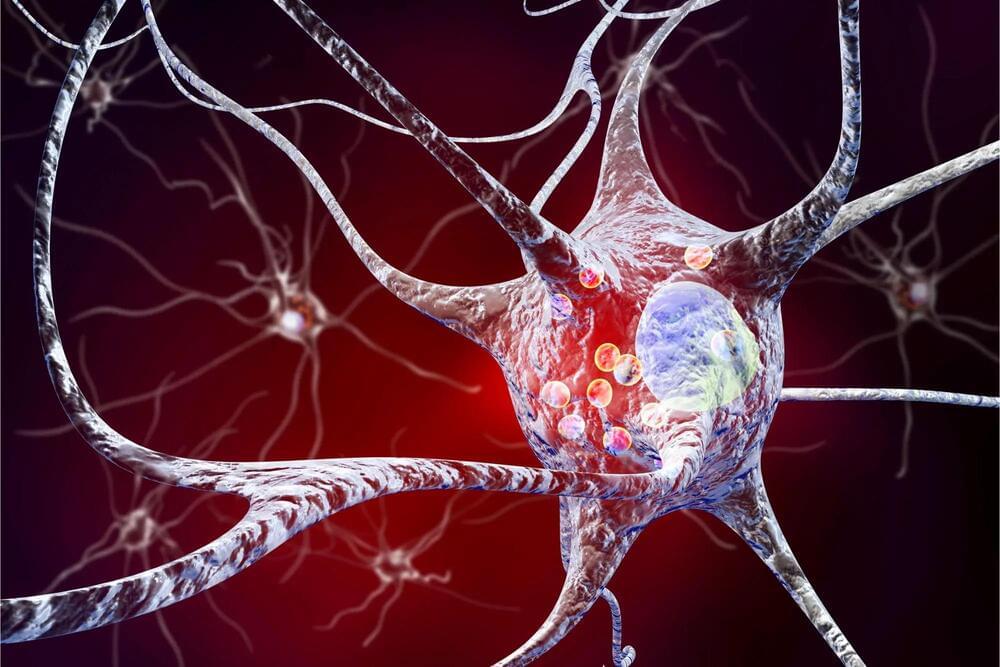The new data also confirms that Texas has cemented its position as the crypto capital of the United States, as miners flock there for abundant clean energy and a permissive regulatory environment.
Texas made up 8.43% of the hashrate in the U.S. as of the end of 2021, and that percentage has jumped to 28.50% as of July 27, 2023 — though Foundry notes that the data was aggregated during a period of heavy curtailment in July, so Texas’s percentage of actual hashrate is even greater than what’s reflected on their latest map. Zhang added that Texas’s growth in Foundry’s map also had to do with the fact that the firm took on more clients there in the past two years.
Given that the U.S. is currently the world leader in terms of its share of the collective hashrate of the bitcoin network, that makes Texas the bitcoin capital of the world.
